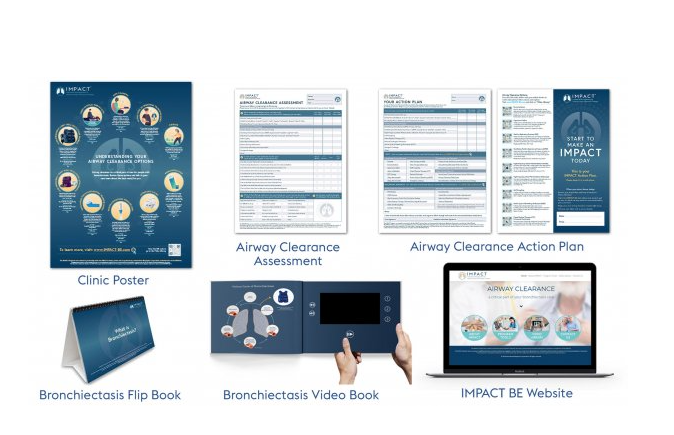Education For Patients & Clinicians
What is IMPACT?
The Individual Management of Patient Airway Clearance Therapy (IMPACT) Program was created to address the long-standing gap in education around airway clearance options for people with cystic fibrosis and bronchiectasis. In close collaboration with a multidisciplinary team of physicians and other healthcare professionals, the AffloVest team developed a series of nonbranded educational resources that are ready for use by bronchiectasis care teams across the country with patients who are either new to airway clearance or open to adding a different option to their daily routine.
IMPACT provides a structured tool set that cystic fibrosis and bronchiectasis patients with their healthcare providers can use together to help assess, evaluate, and educate on airway clearance therapy (ACT) options at no cost. IMPACT is informed by evidence-based approaches and best practices from across the pulmonary care category.
